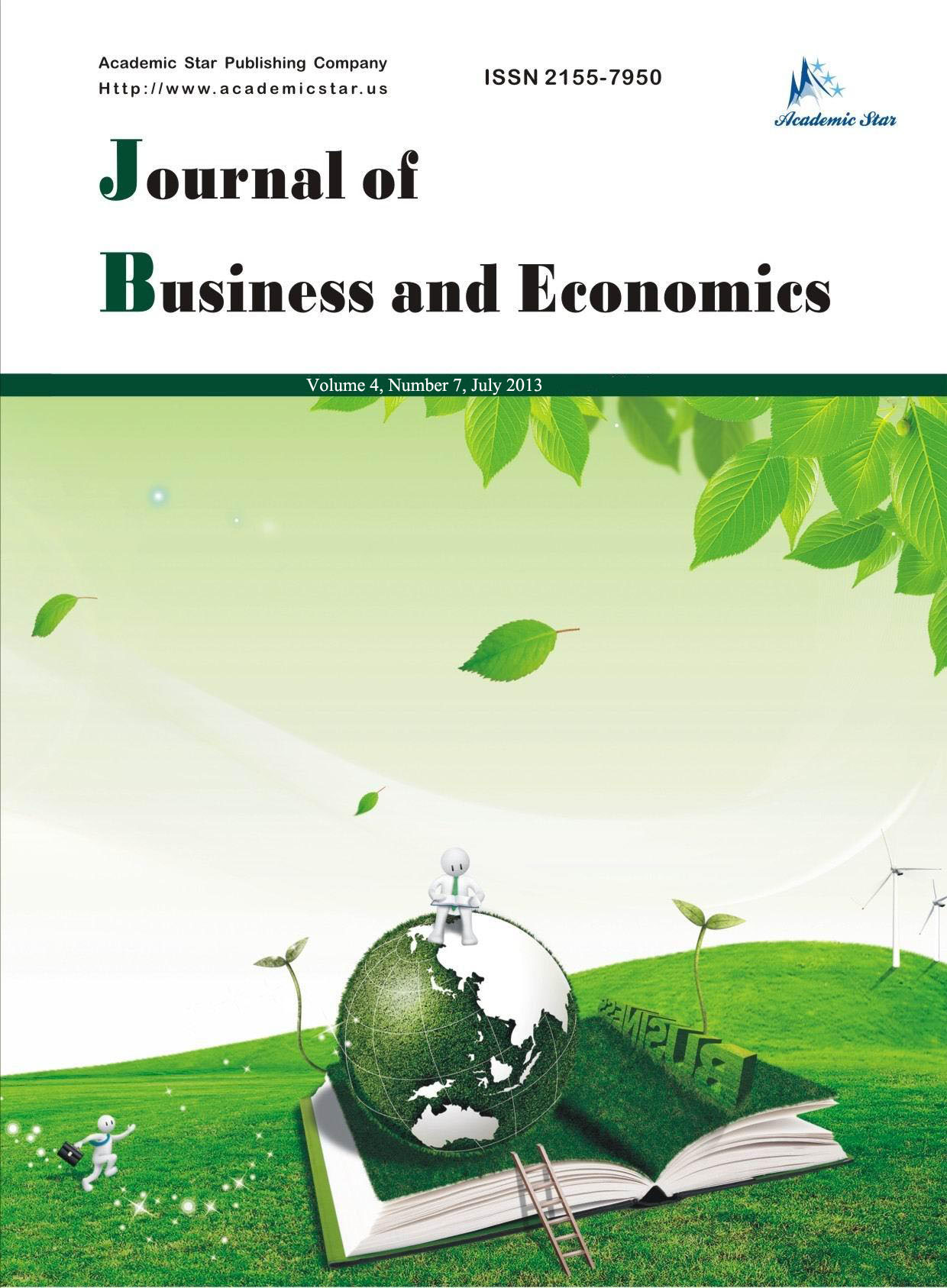
- ISSN: 2155-7950
- Journal of Business and Economics
The ENaQ Energy Signal Light: Collaboration and Innovation for the Energy Transition
Abstract: Solving the grand societal challenges, achieving the Sustainable Development Goals (SDGs), and a successful energy transition require innovation. Although ample evidence positively links innovation to sustainable development, an overview of the literature on the different understandings of innovation in relation to sustainable development shows no agreement on a concept. Many different conceptualizations (co)exist and are used at this intersection. The cornerstone of the transdisciplinary research project: “ENaQ” is the development of innovations for an environmentally friendly neighborhood in Germany; this concept includes a highly participatory approach. Hence, the concept of responsible research innovation (RRI) in which all stakeholders are involved early on is applicable. The goal of RRI is to improve the possibilities of research and innovation, benefiting society and preventing negative consequences. With the ENaQ project, where participation is a fundamental element, other conceptualizations of innovation, e.g., sustainability-driven, behavioral, or social innovations also apply, showing that some innovations are a combination of these concepts. In this paper, we introduce the ENaQ Energy Signal Light, an innovation designed and developed within a participatory process with the aim to incentivize the use of green energy. A wall plug LED device indicates when green energy is available, and in what amounts, making it easier to visualize the best times of day to use energy-consuming household appliances such as dishwashers or washing machines. This paper presents the Energy Signal Light and how it was developed within the ENaQ participation process. We furthermore conducted a study to test its use and behavioral implications with three user groups, one using the Energy Signal Light itself, a second one using the digital version (in the form of an app or website), and one control group. The following introduces the preliminary results of the study.
Key words: ENaQ, energy transition
JEL code: M150






